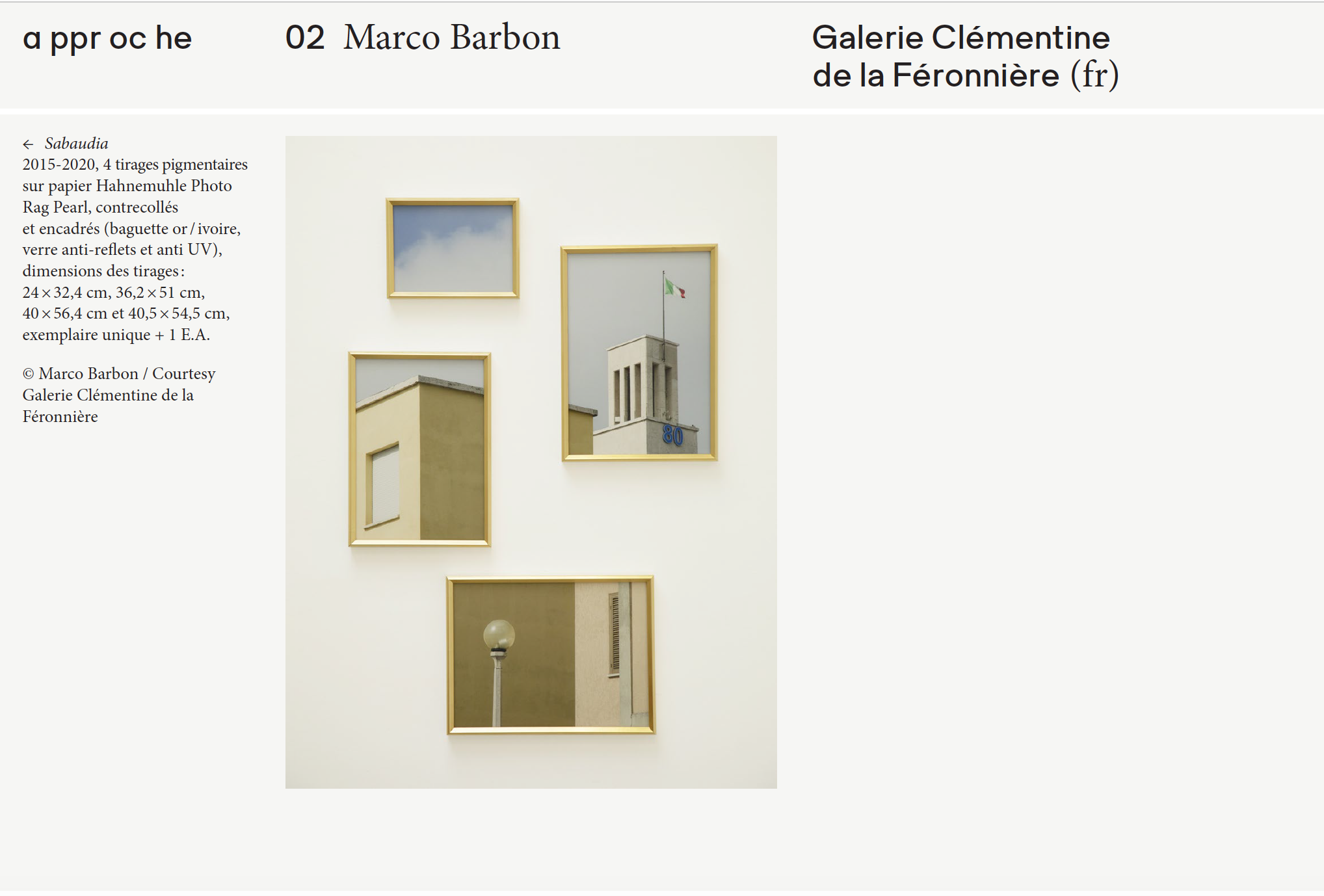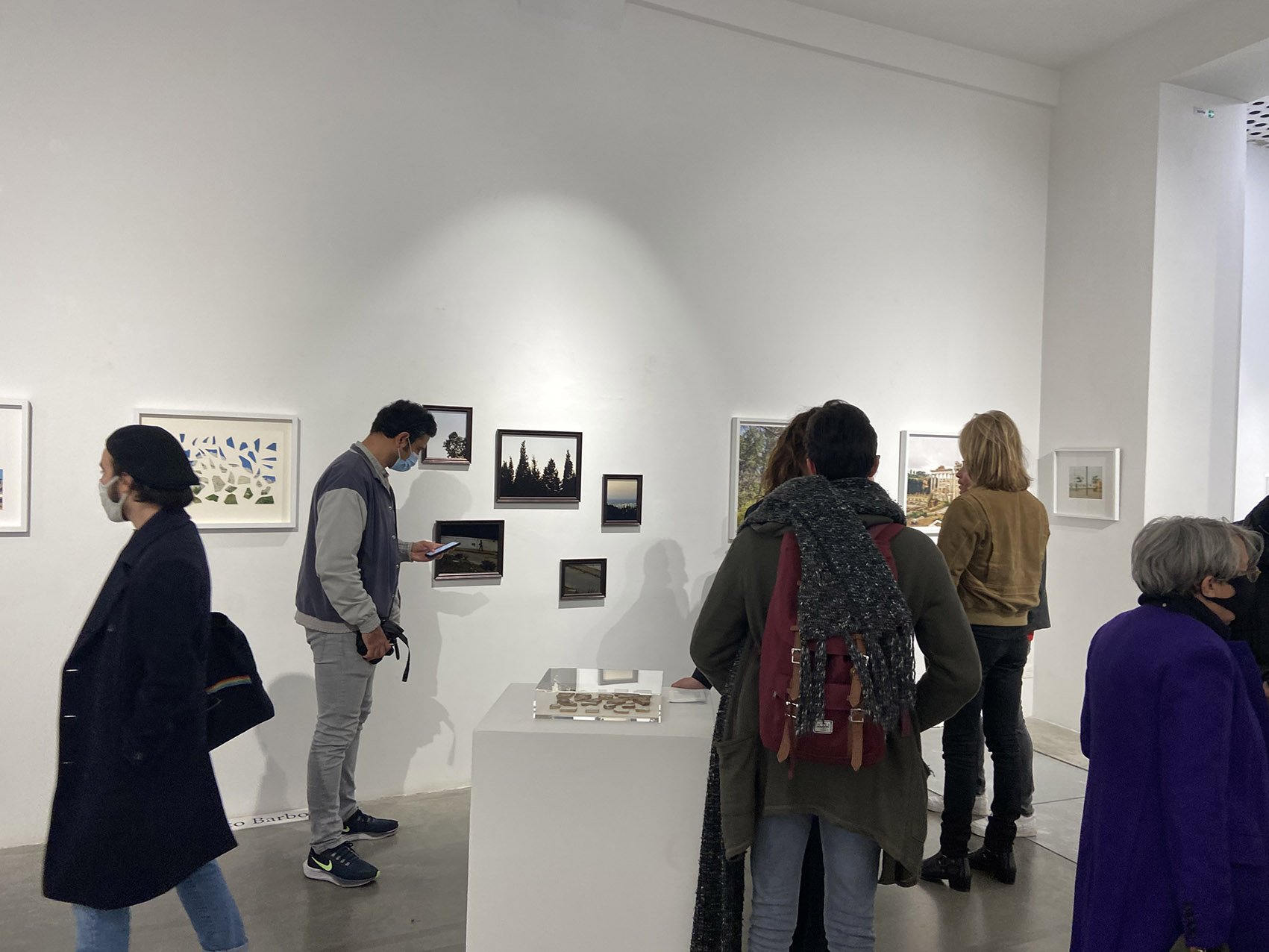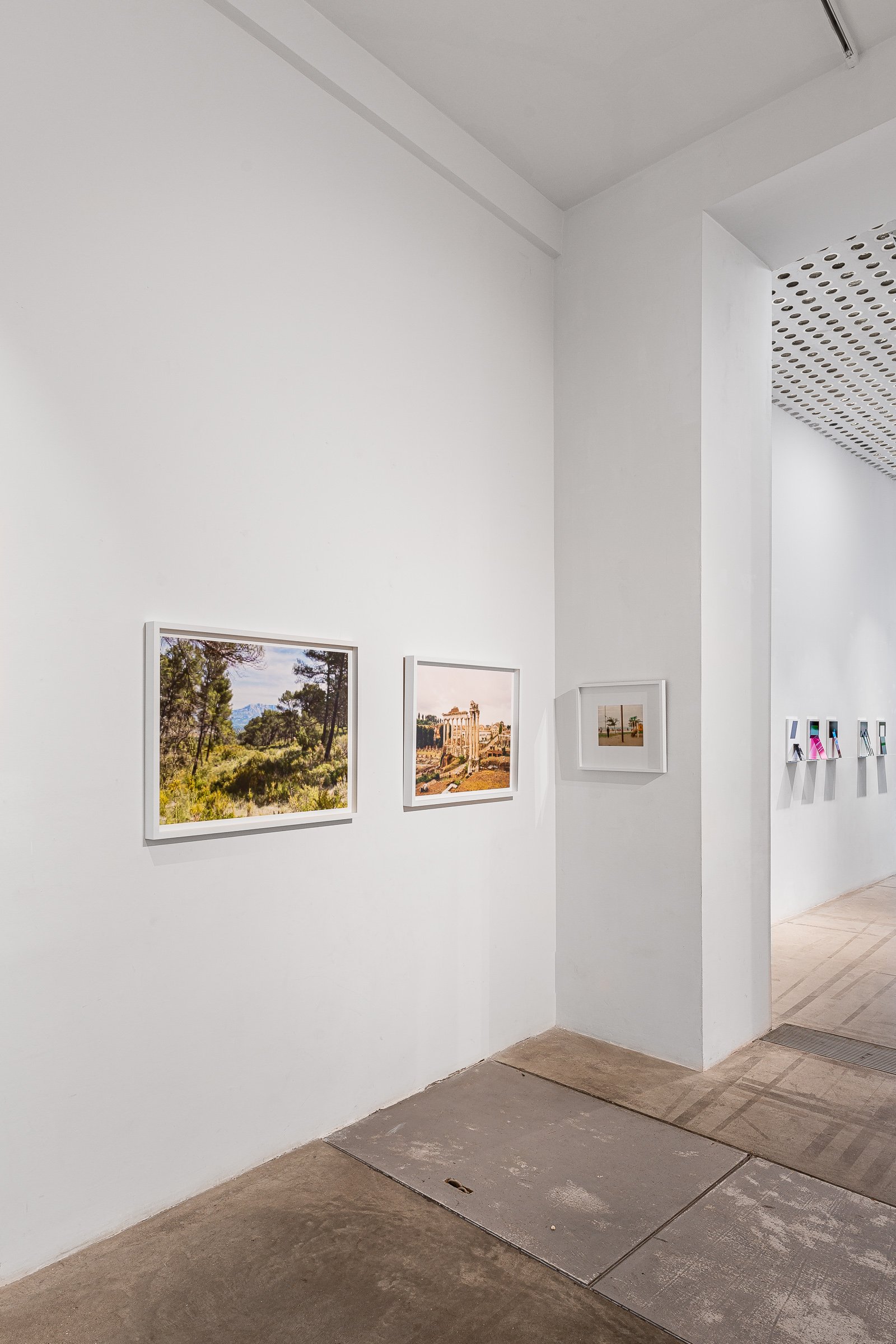
L’épreuve du paysage
(work in progress)
There is no doubt: the landscape is what is there, outside and in front of us, and the photograph of the landscape is the trace of that ‘thing’. A trace whose condition of appearance is the framing: there is no photograph without an edge - and without the consequent unity and uniqueness of the composition which gives us a view of a landscape, among all the possibles. This fixity of the edge and of the elements present in its interior, is what also differentiates the photographic image and the visual field of our gaze which scrutinizes a landscape, whose edges are perpetually blurry and mobile (which makes Jean-Christophe Bailly write that the characteristic of photography, in relation to our vision but also to other forms of visual representation, consists in the fact that it is “without any possible repentance”). Another essential characteristic of the idea of landscape is the notion of extension. This extension, which concerns the landscape in itself (if something like a 'landscape in itself' exists), is concretized in its representation by all the links, visual or otherwise, which link together, without discontinuity, the different elements of the image. Now, can we thwart the continuity of the representation without losing the landscape it shows? In other words: can we show a landscape in fragments, leaving the spectator the task of imagining its extent? How far can we push this visual fragmentation without destroying the unity of the whole?
I have always been interested in what, in the images, is silent. In my recent work - El Bahr and The Interzone, in particular - I have explored how the photographic image, both by the choice of subject and by its composition, can suggest the invisible, the hors-champ. With this new project, I intend to develop this research, by exploring the possibility of representing a landscape through the articulation, in the iconic space, of partial views of a given environment or by blurring, in part or in its totality, the photographic image (by pixelation or underexposure). It is also about exploring the different ways in which my photographer's gaze constructs a 'landscape' by juxtaposing elements extracted from the visual field or, conversely, results in a 'landscape' from the fragmentation of a pre-existing view. Do these two opposing paths lead to the same result?
This work therefore seeks to question the photographic medium and its relationship to other media (painting and video, in particular) around the notion of landscape and territory: the photographic image put to the test of the landscape. In this exploration of the territory and the notion of landscape, my gaze is as much on urban landscapes as on rural or wild landscapes.
This project is currently in its early stage. So far ten works have been produced, out of a total of around forty works planned; they are part of the first three parts of the project, entitled respectively Mindscapes, Paysages discrets and Inversions.
Il n’y a pas de doute : le paysage est ce qui est là, dehors et devant nous, et la photographie du paysage est la trace de cette ‘chose’. Une trace dont la condition d’apparition est le cadrage : il n’y a pas de photographie sans bord - et sans la conséquente unité et unicité de la composition qui nous donne à voir un paysage, parmi tous les paysages possibles. Cette fixité du bord et des éléments présents à son intérieur, est ce qui différencie d’ailleurs l’image photographique du champs visuel de notre regard qui scrute un paysage, dont les bords sont perpétuellement flous et mobiles (ce qui fait dire à Jean-Christophe Bailly que le propre de la photographie, par rapport à notre vision mais aussi par rapport à d’autres formes de représentation visuelle, consiste dans le fait qu’elle est «sans repentir possible»).
Une autre caractéristique essentielle de l’idée de paysage est la notion d’étendue. Cette étendue qui concerne le paysage en soi (si tant est que quelque chose comme un ‘paysage en soi’ existe), se concrétise dans sa représentation par l’ensemble des liens, visuels ou autres, qui relient entre eux, sans discontinuité, les différents éléments de l’image. Or, peut-on déjouer la continuité de la représentation sans perdre le paysage qu’elle donne à voir? Autrement dit : peut-on donner à voir un paysage par fragments, en laissant au spectateur la tâche d’imaginer son étendue? Jusqu’où peut-on pousser cette fragmentation visuelle sans détruire l’unité de l’ensemble?
Je me suis toujours intéressé à ce qui, dans les images, fait silence. Dans mes travaux récents - El Bahr et The Interzone, notamment -, j’ai exploré la façon dont l’image photographique, à la fois par le choix du sujet et par sa composition, peut suggérer l’invisible, le hors-champ. Avec ce nouveau projet, j’entends développer cette recherche, en explorant la possibilité de représenter un paysage à travers l’articulation, dans l’espace iconique, de vues partielles d’un environnement donné ou alors en brouillant, en partie ou dans sa totalité, l’image photographique (en la pixellisant ou en la sous-exposant). Il s’agit aussi d’explorer les différentes manières dont mon regard de photographe construit un ‘paysage’ par juxtaposition d’éléments extraits du champ visuel ou, inversement, aboutit à un ‘paysage’ à partir de la fragmentation d’une vue pré-existante. Ces deux voies opposées aboutissent-elles au même résultat?
Ce travail se veut donc un questionnement du medium photographique et de son rapport à d’autres media (la peinture et la vidéo, notamment) autour de la notion de paysage et de territoire : l’image photographique à l’épreuve du paysage.
Dans cette exploration du territoire et de la notion de paysage, mon regard se porte aussi bien sur des paysages urbains que sur des paysages ruraux ou sauvages.
Ce projet est actuellement en phase de développement. Jusqu’à présent dix œuvres ont été réalisées, sur un total d’une quarantaine d’œuvres prévues ; elles font partie des trois premiers volets du projet, intitulés respectivement Mindscapes, Paysages discrets et Inversions.











Salon Ap pr och e, 26>30 mai 2021, Paris. Photo © Gregory Copitet






